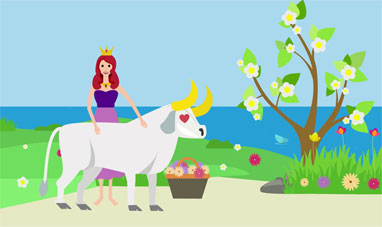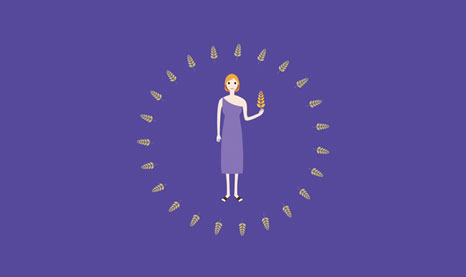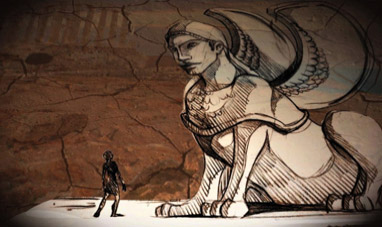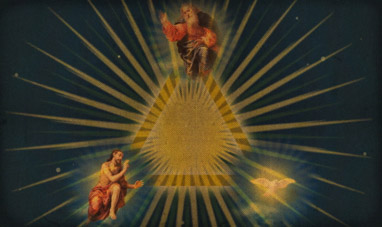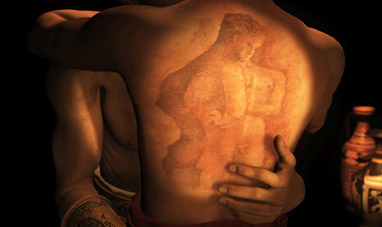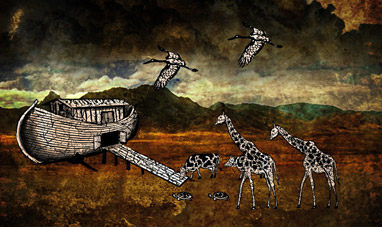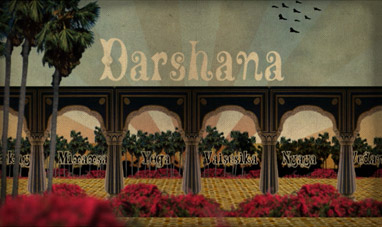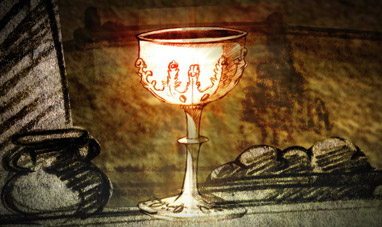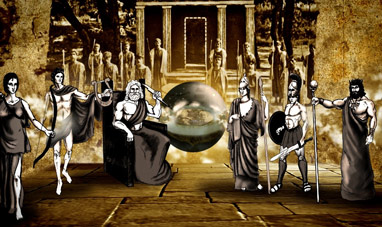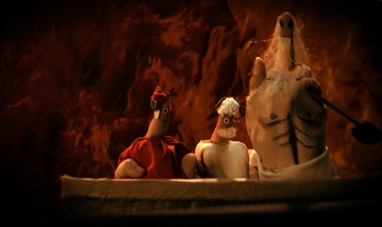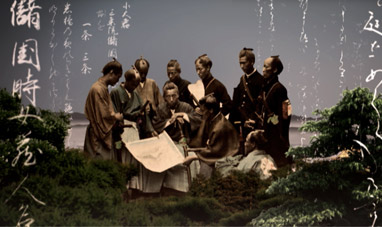Geisha is a Japanese word that means “expert in the arts.” Geishas are traditional figures in Japanese culture, and played a major role in urban society in the 1600s, although their origin is lost in the dawn of time. Between the 17th and 19th Centuries, the Japanese feudal aristocracy underwent a crisis. In Tokyo, an emerging bourgeoisie began to replace traditional condemnation of the attachment to material things with an appreciation of daily, fleeting and ephemeral pleasures. Within this context, the art of the geisha flourished. A part of Japanese mystique conceived eroticism as a spiritual path. Sexuality involved not only the body, but also the mind. It was not limited to performing the sexual act, but consisted in an art that embraced different attitudes. This was erotic art, and geishas were its masters. An aspiring geisha had to undergo long training. When admitted to the okiya, the house where geishas were trained, a girl had to first work hard as a housekeeper. After a demanding dance test, she could become a minarai. As such, she was excused from housekeeping duties and could attend the meetings geishas held with their clients, although she was not allowed to take part.
Subsequently, she became a maiko. The maikos could participate in encounters, take part in conversation and refine their knowledge of the arts as they prepared for performing. The goal was to achieve Iki, or refinement, the skill of communicating restrained eroticism. External perfection was considered indicative of a strong spirit. A geisha had to be brilliant in conversation and skilled in many arts: shamisen, a kind of lute; chanoyu, the art of the tea ceremony; ikebana, the art of floral composition.
Emphasis was not so much on female nudity as on balance, and on the delicate tension between natural and theatrical gestures.
The eyebrows were shaved and drawn higher up on the forehead, elongating the face. The voice was skillfully modulated. The geishas very long hair was tightly bound up. Her lips were colored a fiery red so that they looked like flower petals. A geisha wore silk socks in the winter. Her kimono was worn tight around the body. The back of the head, left uncovered, was considered particularly enticing. Her hands had to demonstrate great dexterity with fans and parasols. Her face, painted white, made her skin look like porcelain. The geisha took care of her master as a detached and perfect deity would. Indeed, contrary to popular belief, the relationship almost never resulted in sexual intercourse. However, this great culture was slowly but surely commercialized following World War Two. After Japan was defeated in the Second World War, its culture lost a number of typical traits, such as projection towards the absolute and a belief in man’s divine nature. Today, in popular Western imagination, geishas have become a symbol of female submission.
Subsequently, she became a maiko. The maikos could participate in encounters, take part in conversation and refine their knowledge of the arts as they prepared for performing. The goal was to achieve Iki, or refinement, the skill of communicating restrained eroticism. External perfection was considered indicative of a strong spirit. A geisha had to be brilliant in conversation and skilled in many arts: shamisen, a kind of lute; chanoyu, the art of the tea ceremony; ikebana, the art of floral composition.
Emphasis was not so much on female nudity as on balance, and on the delicate tension between natural and theatrical gestures.
The eyebrows were shaved and drawn higher up on the forehead, elongating the face. The voice was skillfully modulated. The geishas very long hair was tightly bound up. Her lips were colored a fiery red so that they looked like flower petals. A geisha wore silk socks in the winter. Her kimono was worn tight around the body. The back of the head, left uncovered, was considered particularly enticing. Her hands had to demonstrate great dexterity with fans and parasols. Her face, painted white, made her skin look like porcelain. The geisha took care of her master as a detached and perfect deity would. Indeed, contrary to popular belief, the relationship almost never resulted in sexual intercourse. However, this great culture was slowly but surely commercialized following World War Two. After Japan was defeated in the Second World War, its culture lost a number of typical traits, such as projection towards the absolute and a belief in man’s divine nature. Today, in popular Western imagination, geishas have become a symbol of female submission.




